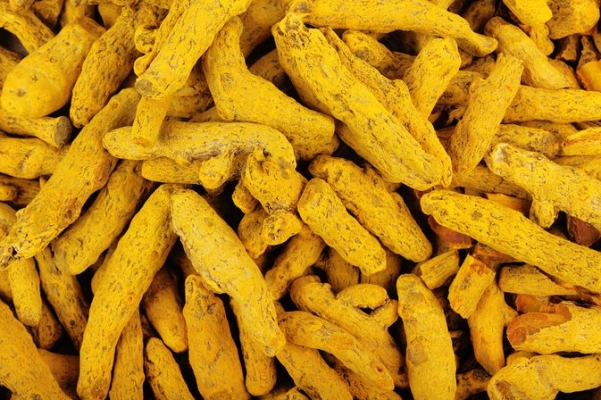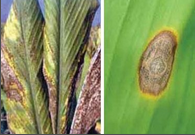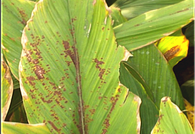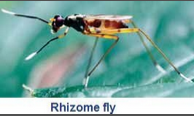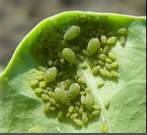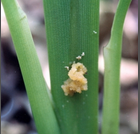General Information
Turmeric is a perennial herb, native of south Asia. It is also known as "Indian Saffron" is sacred spice of India. It is principal ingredient in Indian culinary and used as flavoring and coloring agent. It is used in drug and cosmetic industry because of its anti-cancer and anti-viral property. Turmeric has special place in religious and ceremonial occasions.
India is the world largest producer, consumer and exporter of turmeric. In world market, Indian turmeric is considered best as curcumin content is high in Indian turmeric. In India, Andhra Pradesh, Odisha, Tamil Nadu, Assam, Karnataka and Maharashtra are major producers of Turmeric.
In Maharashtra, near about 8,550 hectare area is under turmeric cultivation.

